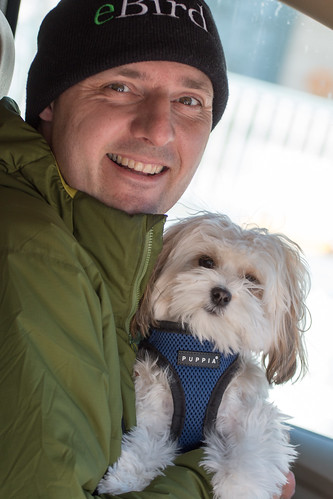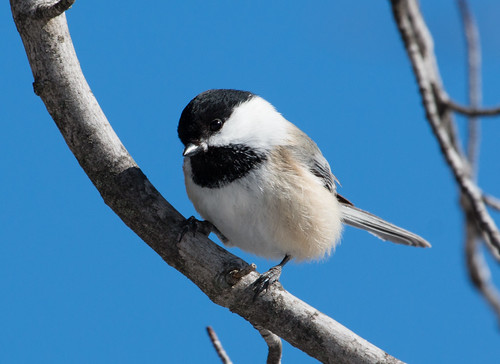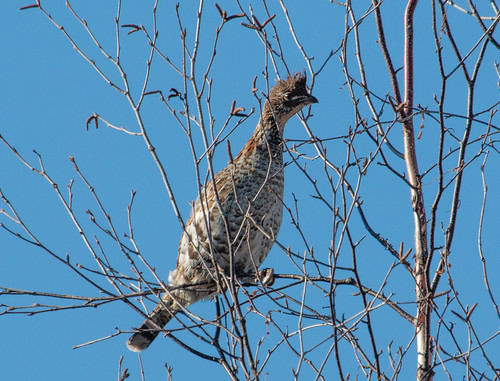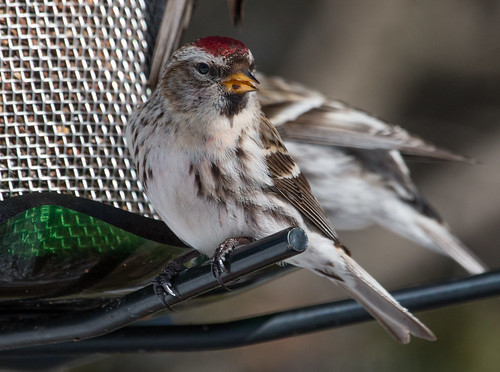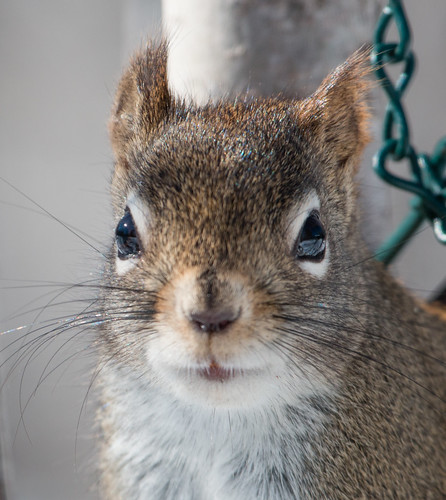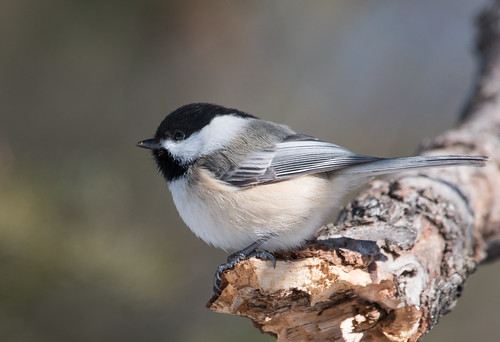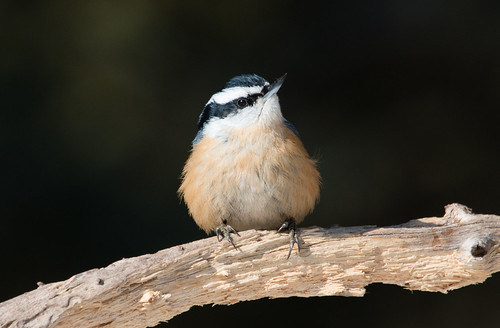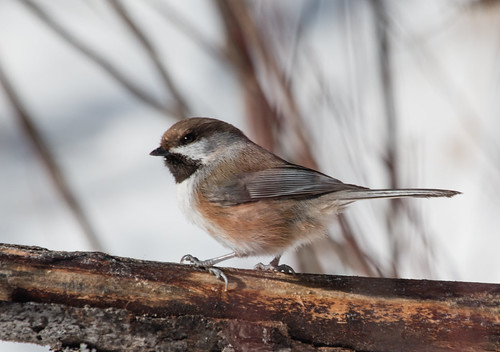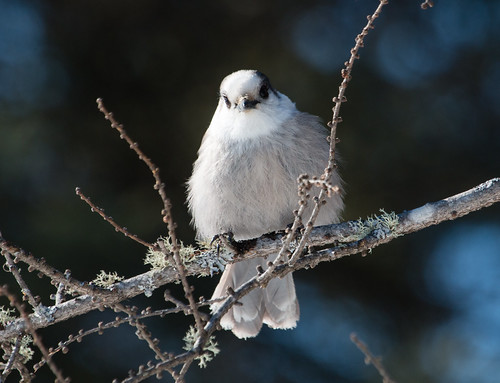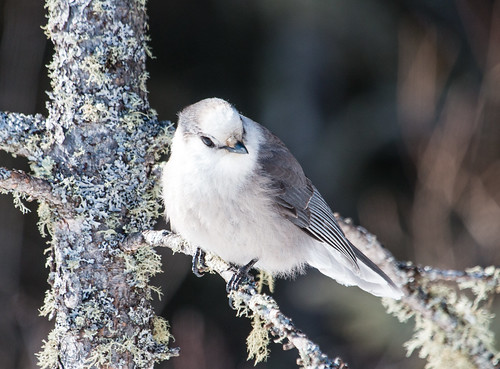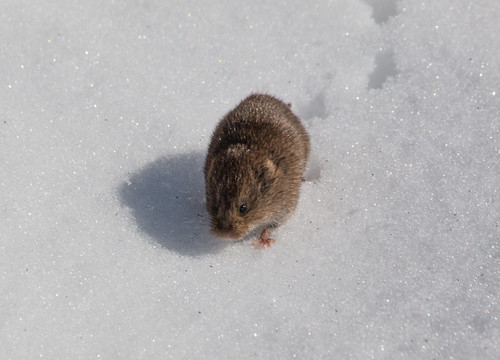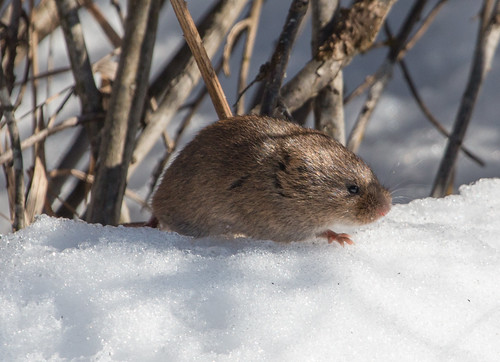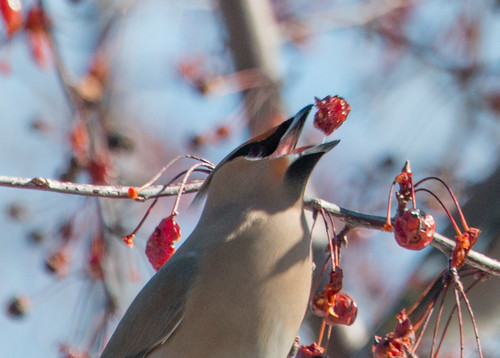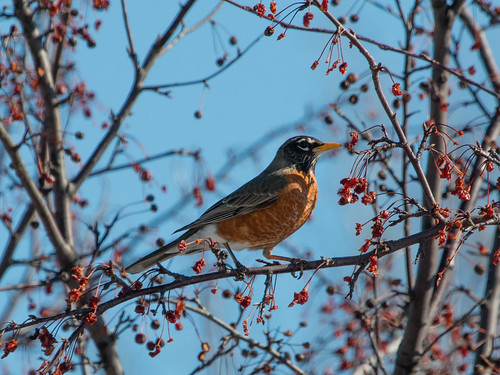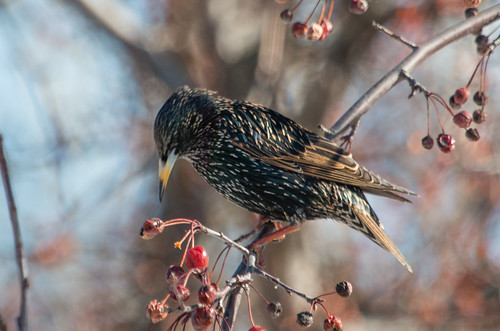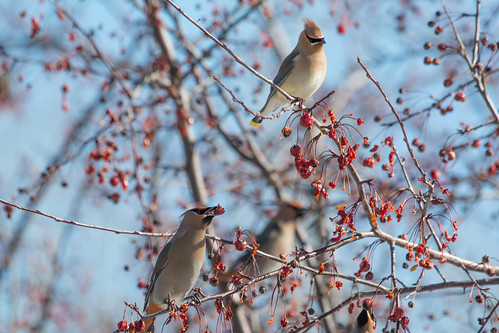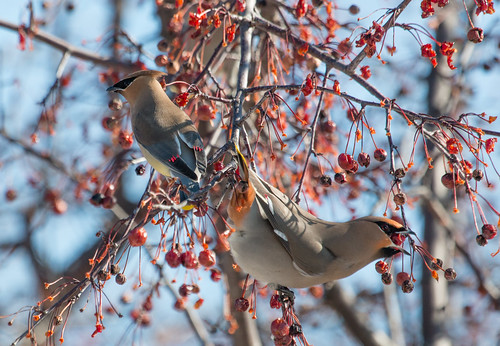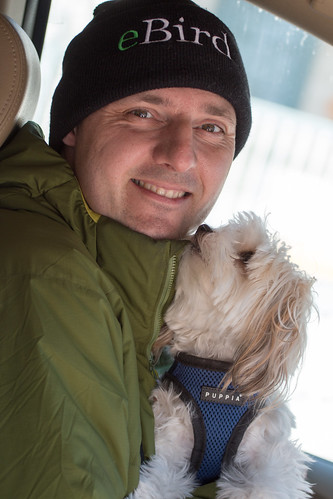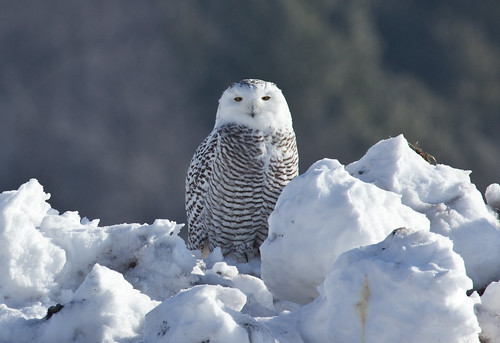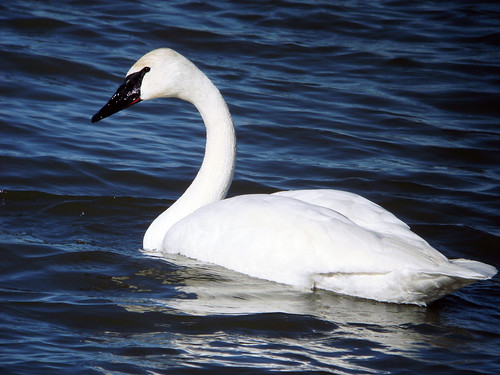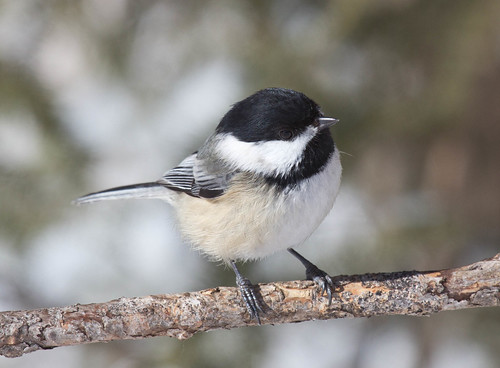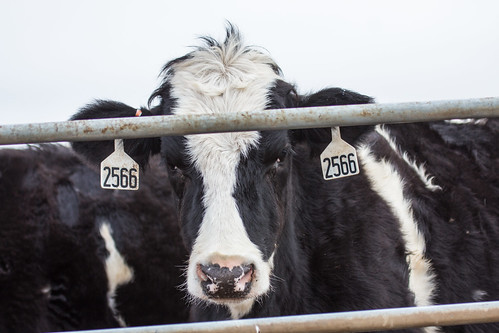 |
| Lead-poisoned Bald Eagle that did not survive, courtesy of Raptor Education Group. |
People have been mining and using lead for thousands of years. The very word plumbing is derived from the Latin word for lead,
plumbum, which is also why in the Periodic Table, the symbol for lead is Pb. For millennia, lead seemed like a perfect metal. It’s soft and malleable, with a relatively low melting temperature, it never corrodes, and it’s very dense. Metallic lead is very rare in nature. Lead is usually found in ore with zinc, silver and (most abundantly) copper, and it’s extracted with these metals. Most ores contain less than 10% lead, but ores that are only 3% lead can still be economically exploited.
Because of its great properties, lead has been pervasive` throughout civilization, and not just in plumbing. Since the invention of firearms, lead has been the primary metal used in shot and bullets. It’s also the main metal used in a lot of fishing tackle, especially sinkers. Lead pigments were long used in paint to produce white, yellow, orange, and red, and are still used for this in China. Lead is an important component of car batteries today. Tetraethyl lead used to be added to gasoline to reduce engine knocking. Lead (II) acetate (also known as sugar of lead) was used by the Roman Empire as a sweetener for wine—some believe this caused the dementia that affected many Roman Emperors. Lead poisoning has been documented from ancient Rome, ancient Greece, and ancient China.
As useful as many of lead’s properties are, its dark side more than offsets its value for most purposes. Lead is a powerful neurotoxin, it interferes with a variety of body processes, and it’s toxic to many organs and tissues including the heart, bones, intestines, kidneys, and reproductive and nervous systems. Because it interferes with the development of the nervous system, it’s particularly toxic to children, causing potentially permanent learning and behavior disorders. Death rates from cancer, stroke, and heart disease, and general death rates from all causes, have been found to be higher in people with elevated blood lead levels. Evidence also suggests that age-related mental decline and psychiatric symptoms are correlated with lead exposure. No safe threshold for lead exposure is known.
One of the ways humans are still exposed to lead is by ingesting small or even microscopic particles from game meat. When a bullet fired from a high powered rifle hits soft tissue in a deer, the bullet instantly fragments into extremely tiny particles that radiate out for many inches into the tissue in what’s called a snowstorm effect. The particles are too tiny to be detected with our eyes or fingers, so they remain in the meat. Food shelves in several states have stopped taking venison from hunters because of the lead poisoning risks it poses.
Bald Eagles are functionally illiterate, so they haven’t been informed about the risks of eating venison shot with lead bullets. They scavenge on carcasses of wounded deer that escaped, and on gut piles of those that didn’t. Either way, the eagles are pretty much ensured of ingesting high levels of lead. And bird rehab clinics confirm that lead levels spike in Bald Eagles during and in the weeks following deer hunting season. As lead levels go up, eagles suffer the same kinds of neurological damage that humans do, and so are often injured or killed in accidents or car collisions. Some that are still clinging to life are brought to rehab centers. Treatment is extremely time-consuming, painstaking, and expensive.
The EPA declared last week “National Lead Poisoning Prevention Week” to raise awareness about the dangers of lead exposure to humans. Ironically, it was the exact same week that the EPA denied a petition to ban lead fishing sinkers that frequently kill loons, swans, cranes and other wildlife. Current estimates are that lead kills 10–20 million birds every year. A coalition of conservation, hunting, and veterinary groups had petitioned the EPA in August to ban lead in fishing tackle and in bullets and shot for hunting. Even though bullets fragment and scatter lead over a large area in soft tissue, causing a human health risk for hunters and their families who eat deer shot with lead bullets, and even though scavenging on animals that had been killed with lead bullets is considered to be the number one cause of mortality for the California Condor, and despite the over 500 scientific papers establishing bird mortality tied to lead, the EPA out-of-hand denied the portion of the petition dealing with regulating lead ammunition just three weeks after receiving the petition.
Then right during “National Lead Poisoning Prevention Week,” the EPA issued its final determination, denying the portion of the petition dealing with fishing sinkers. I looked up sinkers on an online fishing tackle website. There was a bold red notice at the top of the page: “Warning: This product contains chemicals, including lead, known to the State of California to cause birth defects or other reproductive harm. Wash hands after handling.” The most expensive sinker costs 16 cents—three of them cost less than a pack of gum—and many were much cheaper. Perhaps if sinkers cost a little more, anglers would try harder to hold onto them.
Because sinkers are so cheap, they’re pretty much a throwaway item, easy come and easy go. If a fishing line gets snagged, it’s simply cut away, so sinkers sit on the soft bottom of lakes, rivers, and streams like tiny time bombs. Lead doesn’t break down into anything else, so sinkers remain in sediments until a fish or bird picks them up. A sinker remains in a bird’s gizzard like grit, helping grind up the bird’s food as it in turn is ground up, the lead taken into the bird’s bloodstream and from there into vital organs. Lead isn’t excreted in the urinary system, so it accumulates, and a single 16-cent sinker has enough lead to kill.
When a person or bird gets lead poisoning, there’s no magic pill that instantly washes the lead away. The way humans and other animals are treated for lead poisoning is with chelation therapy—a chelating agent called EDTA forms complexes with lead ions to form large, nontoxic molecules called chelates, which can be excreted in urine. Chelation therapy is extremely expensive, takes a long time, has many side effects that need to be dealt with throughout treatment, and even under the finest care, over 50 percent of birds of birds with lead poisoning will die.
My good friend Marge Gibson is founder and executive director of the Raptor Education Group in Antigo, Wisconsin, and the former president of both the national and international wildlife rehabilitation organizations. She’s also one of the world’s foremost authorities in treatment lead poisoning in birds. Marge was caring for a Trumpeter Swan with lead poisoning that happened to die the very day she got word that the EPA had denied the petition. She told me she wanted “to scream and yell and shout obscenities. A beautiful adult male Trumpeter Swan that the state of Wisconsin spent HOW MUCH to reintroduce and then it is dead just that week.” Marge said that other swans with lead poisoning had died at the Wildlife Rehab clinic in Minnesota last week as well. She also just lost a Bald Eagle to it.
Marge puts in very long hours with her lead poisoning patients, often up with them through the night for weeks. Treatment takes several four-day cycles. For the first four days, Marge administers the EDTA twice a day. EDTA only binds to lead in the blood, not in other body tissues. So during the first four days, the bird’s kidneys filter the chelated lead out of the blood and excrete it in the urine. Then, over the next four days, the bird goes off the EDTA while some of the lead in body tissues is taken up by the blood. Then the bird goes back on EDTA for another four days to remove that lead from the blood. It can take several rounds of treatment to get all the lead out of the organs—a single eagle or swan may need 6 vials of EDTA, which cost almost $100 each. These birds virtually always arrive at her clinic emaciated, so she must tube-feed starving birds small amounts of a special emaciation diet several times a day. Not counting her time and the general costs of treatment, just the medication and special food for a single bird can run a thousand dollars. And after all that, about half of these birds die anyway. All so anglers won’t have to pay more than 16 cents for a sinker. This makes me want to scream and yell and shout obscenities, too.
